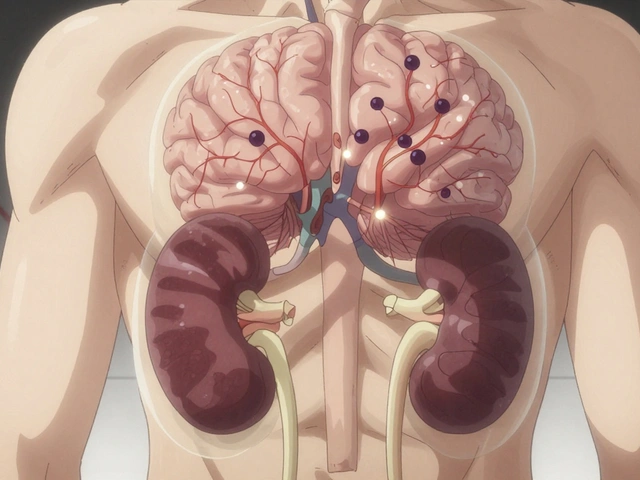Stages of Labor: What Happens When You’re Going into Labor
When you hear the term stages of labor, the series of physical changes a mother experiences from the first sign of labor until the baby is born. Also known as the birth process, it labour phases and guides medical teams in monitoring progress. Understanding these phases helps you plan, stay calm, and know when to call for help. The three main phases—early, active, and transition—build on each other, creating a natural rhythm that moves the baby toward the world.
Key Components That Shape Each Phase
One of the first signals is contractions, regular tightening of the uterus that helps the cervix open. They start mild and become stronger, longer, and closer together as labor advances. Contractions are the engine that powers the whole process; without them, the other stages stall. Another vital metric is cervical dilation, the widening of the cervix measured in centimeters from 0 to 10. Dilation tells you which phase you’re in: early labor usually sees dilation up to 3 cm, active labor pushes past 4 cm, and transition peaks at 8‑10 cm.
How you handle pain ties directly to both contractions and cervical dilation. Effective pain management, methods like breathing techniques, epidurals, or water immersion can lower stress hormones, which in turn can make contractions more efficient. The relationship is clear: better pain control often speeds up dilation, moving you through the stages of labor faster. Beyond the physical signs, a birth plan, a written outline of your preferences for labor and delivery plays a strategic role. It helps the care team align interventions, such as when to offer an epidural or when to encourage ambulation. While a birth plan doesn’t change the biology of contractions or cervical dilation, it influences how you experience pain and how quickly you progress. In the early stage, contractions are usually 5‑20 minutes apart and last about 30‑45 seconds. Many expectant parents stay at home, monitor timing, and hydrate. As the clock ticks toward active labor, the interval drops to 3‑5 minutes and the duration climbs to 60 seconds. This escalation signals that the cervix is moving past the 4‑cm mark. Nurses often use the “four‑three‑one” guideline—four centimeters dilated, three contractions in ten minutes, each lasting about one minute—to decide if it’s time to head to the hospital.
During the active phase, the body’s focus shifts from preparing to delivering. Contractions become powerful enough to push the baby down the birth canal, while cervical dilation races toward 8 cm. Many parents describe a mix of exhaustion and adrenaline. This is where pain management choices become critical. An epidural can blunt sensation, possibly slowing down the urge to push, while non‑pharmacologic methods like a birthing ball keep the pelvis open and encourage efficient pushing.
The final transition stage is the shortest but most intense. Contractions may last 60‑90 seconds and come every two minutes. Cervical dilation completes, reaching the full 10 cm, and the baby’s head begins to crown. At this point, the birth plan often shifts from comfort to readiness for delivery. Partners may be called to assist, and the healthcare team prepares instruments if needed. Knowing that this stage typically lasts 15‑30 minutes helps reduce fear; it’s a sprint, not a marathon.
After the baby arrives, the third stage—placental delivery—wraps up the process. While it’s technically separate from the primary stages of labor, it still relies on uterine contractions to expel the placenta. Proper monitoring during this phase prevents postpartum hemorrhage, ensuring a safe finish to the birth journey.
All these pieces—contractions, cervical dilation, pain management, and a thoughtful birth plan—interlock to shape the experience of labor. By grasping how each factor influences the others, you’ll feel more in control and ready for whatever comes next.
Below you’ll find a curated set of articles that dive deeper into each of these topics, from practical tips for timing contractions to detailed comparisons of pain‑relief options. Explore the collection to arm yourself with the knowledge you need for a smoother, more confident birth experience.

Understanding the Stages of Labor: What to Expect at Each Phase
A clear, step‑by‑step guide on the three stages of labor, what signals to watch for, and practical tips to feel prepared for each phase.
Continue Reading



